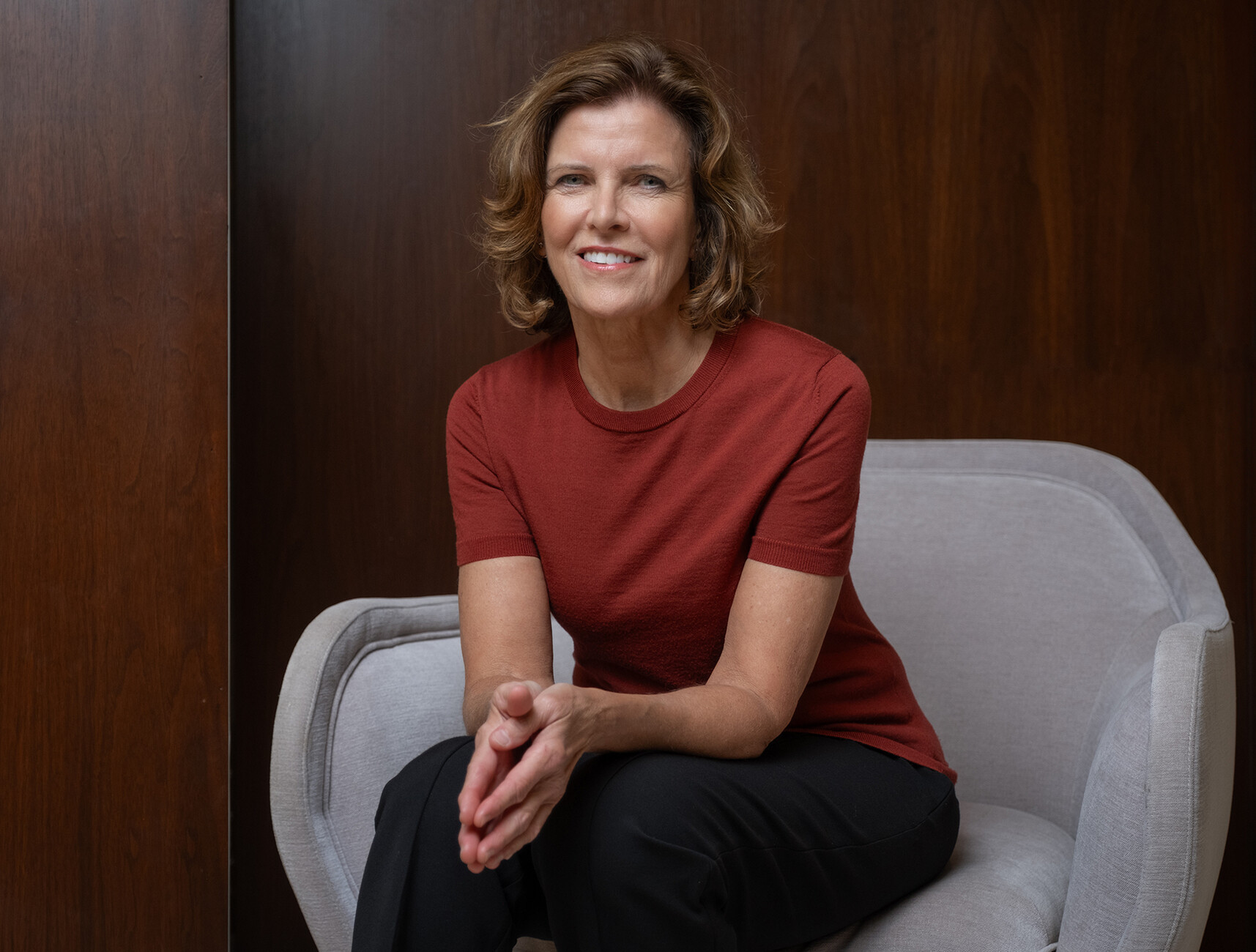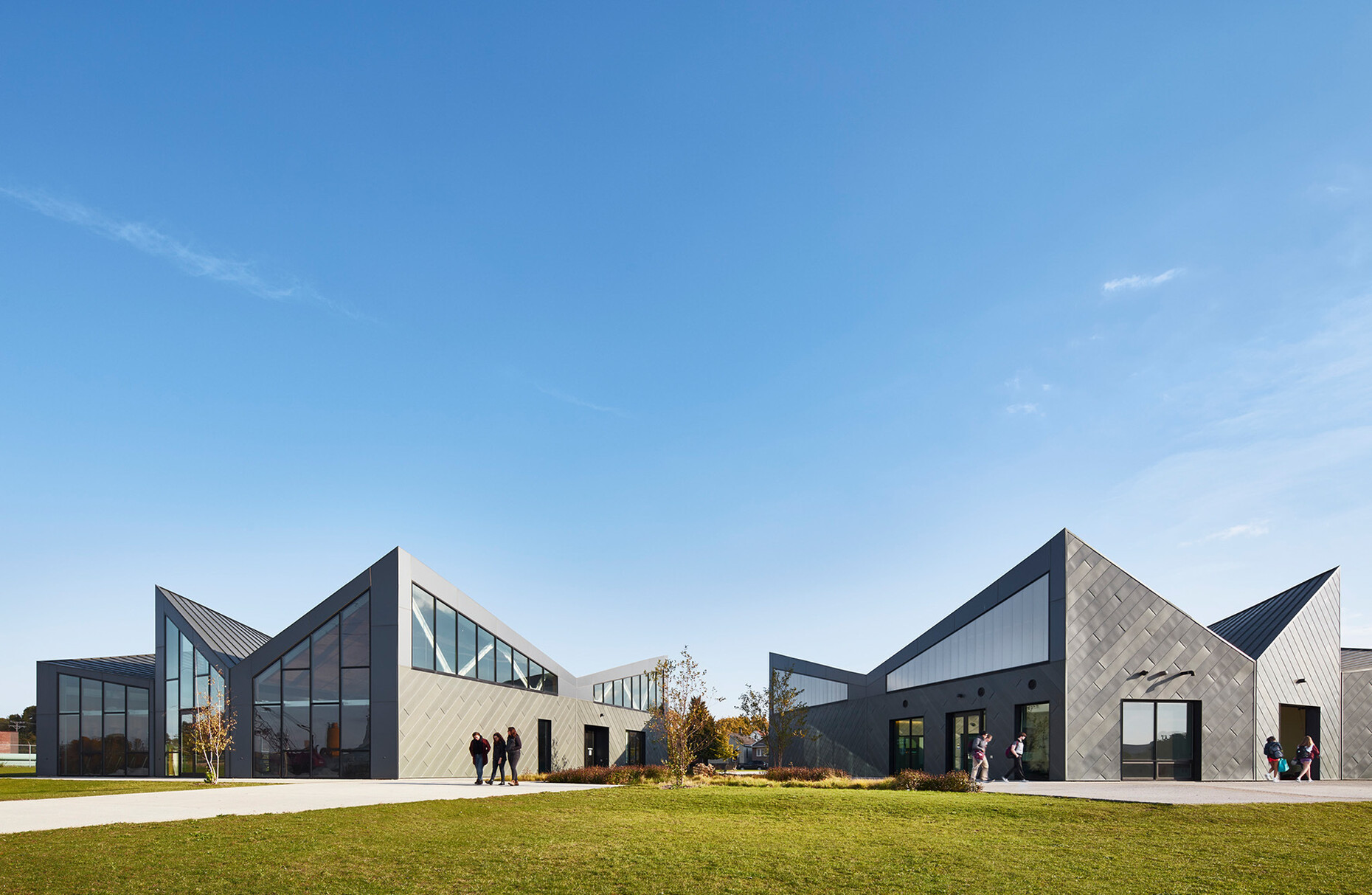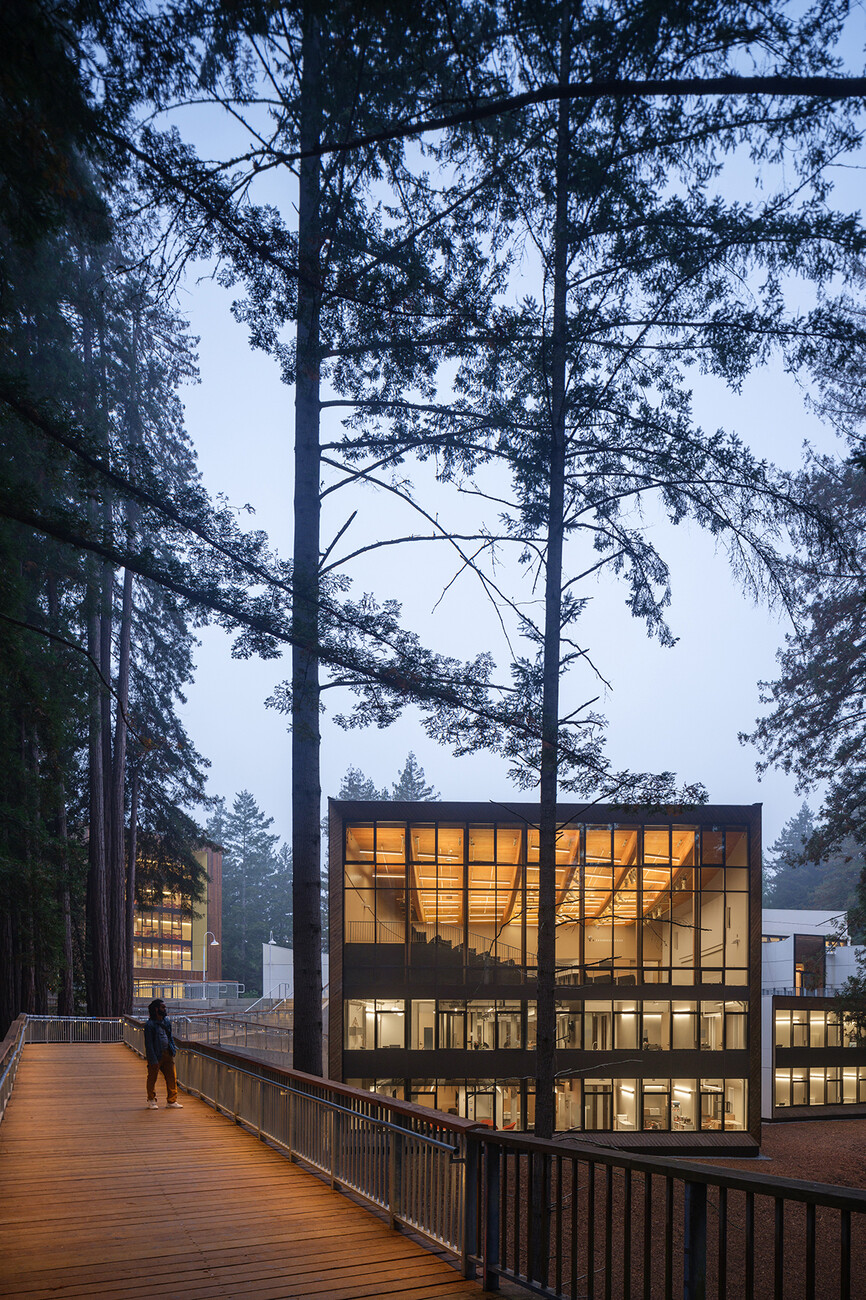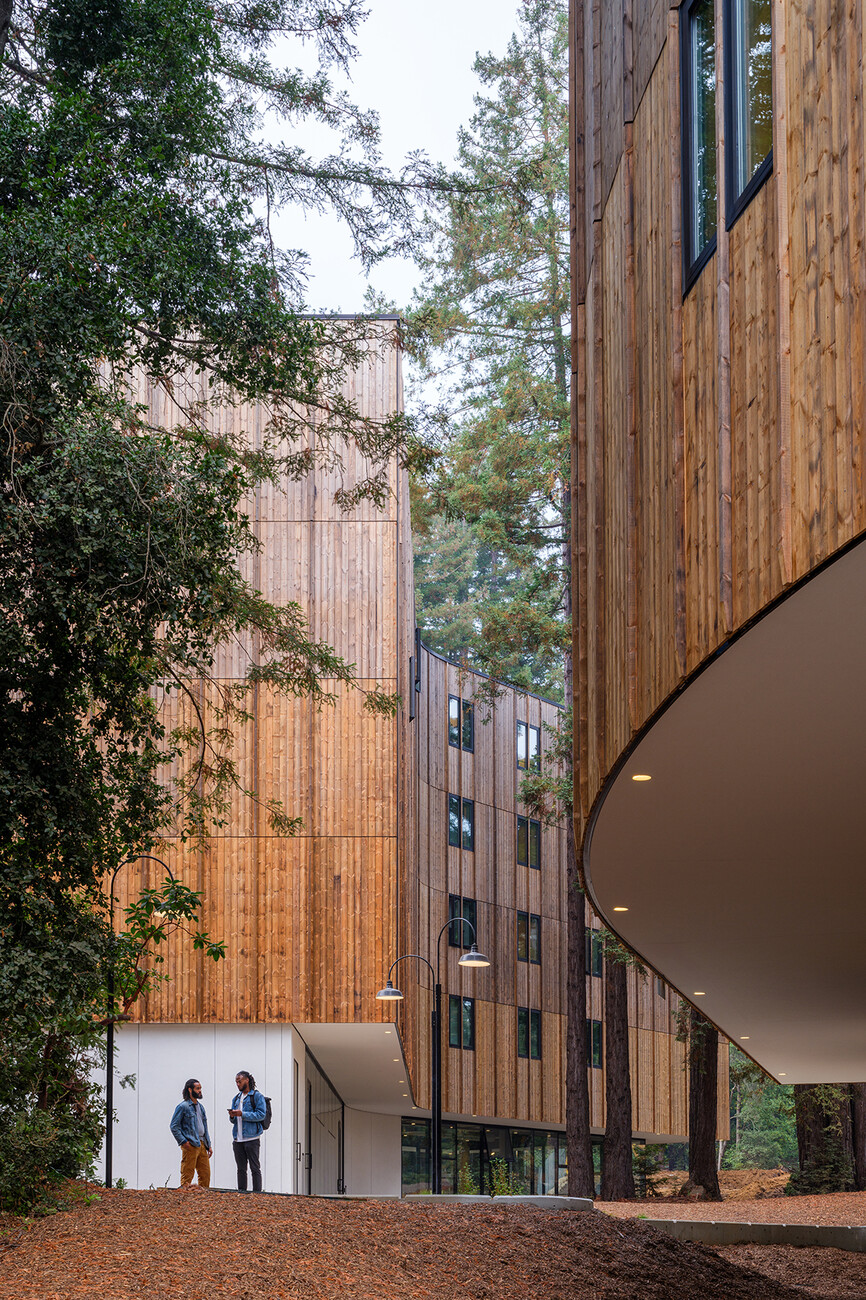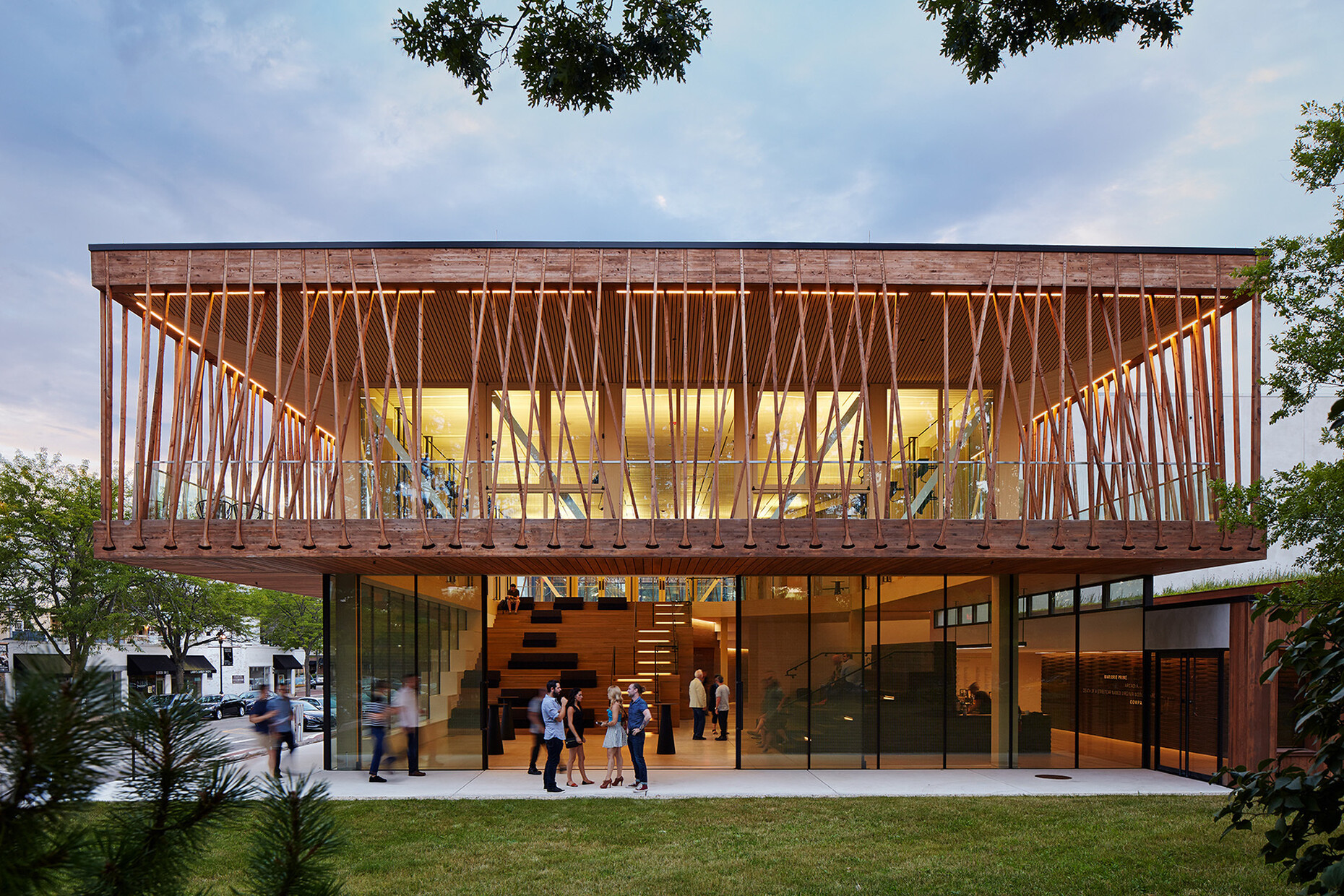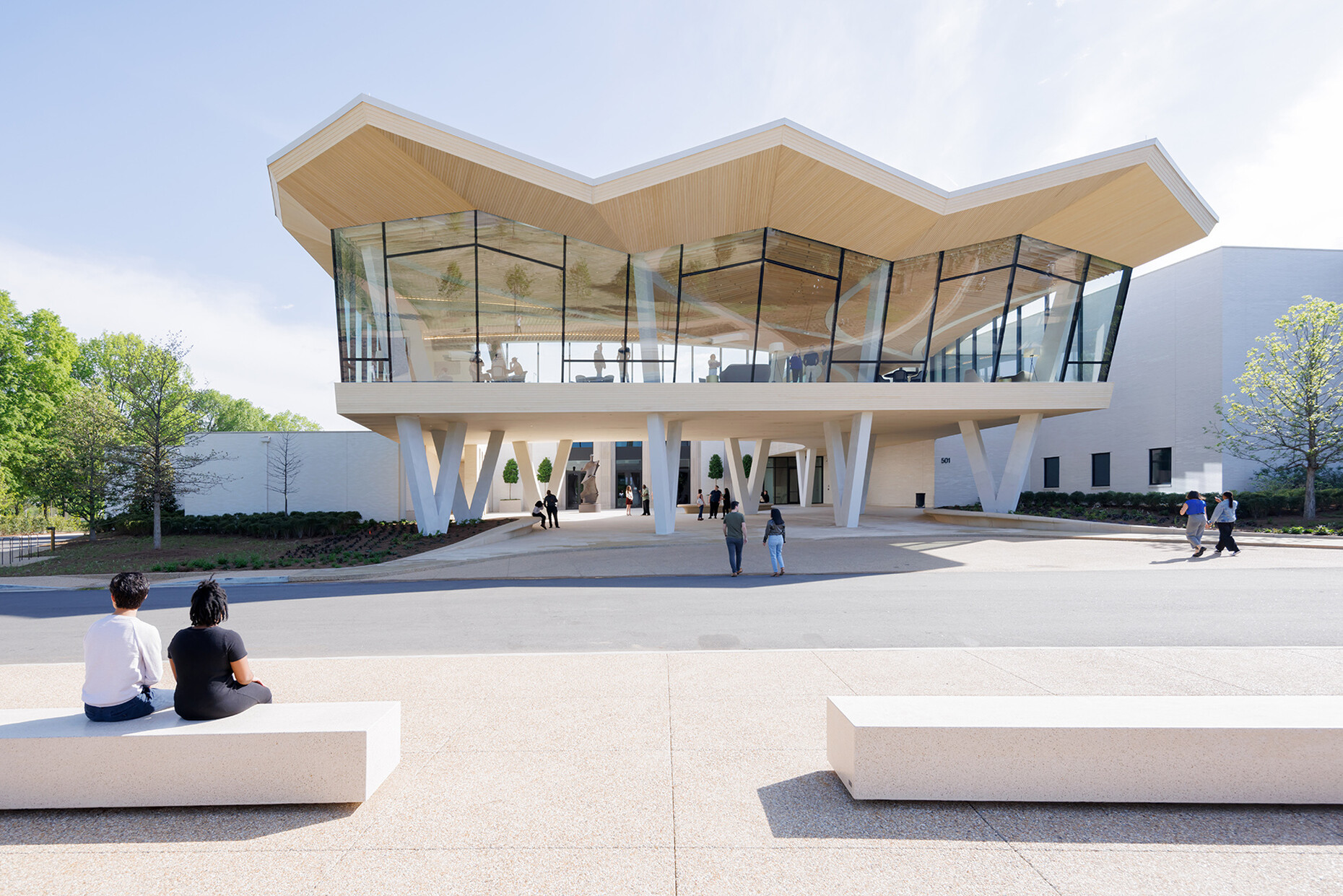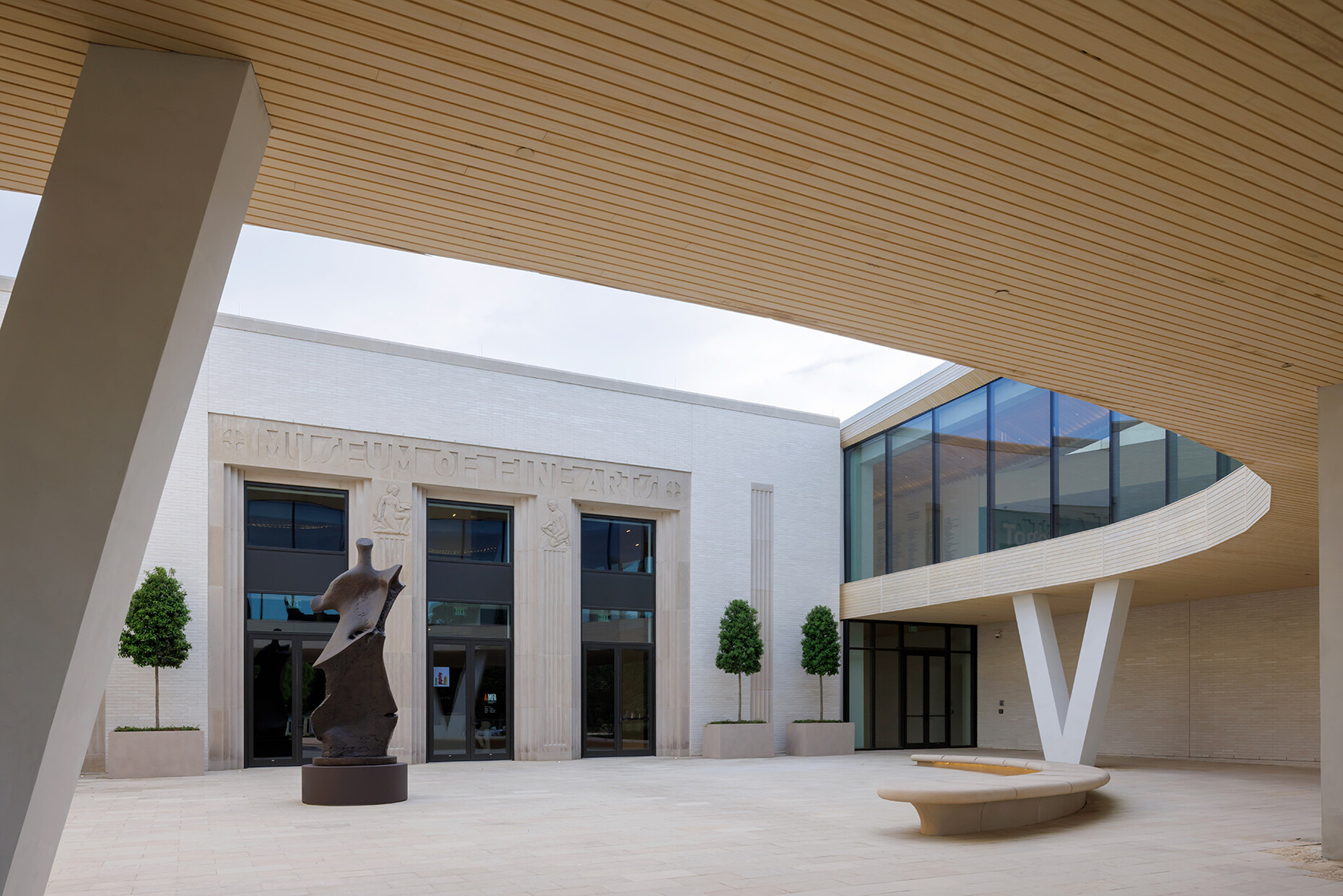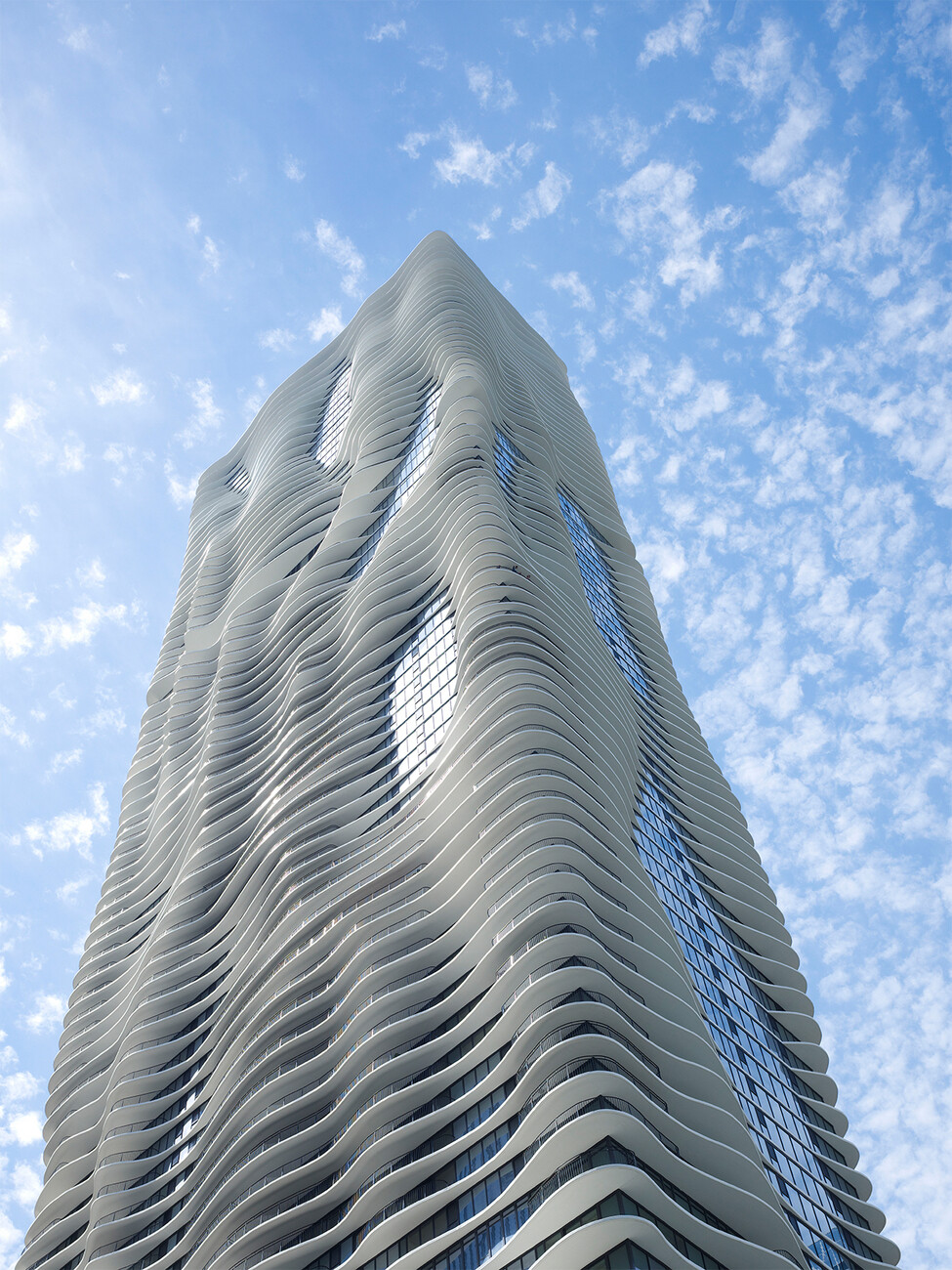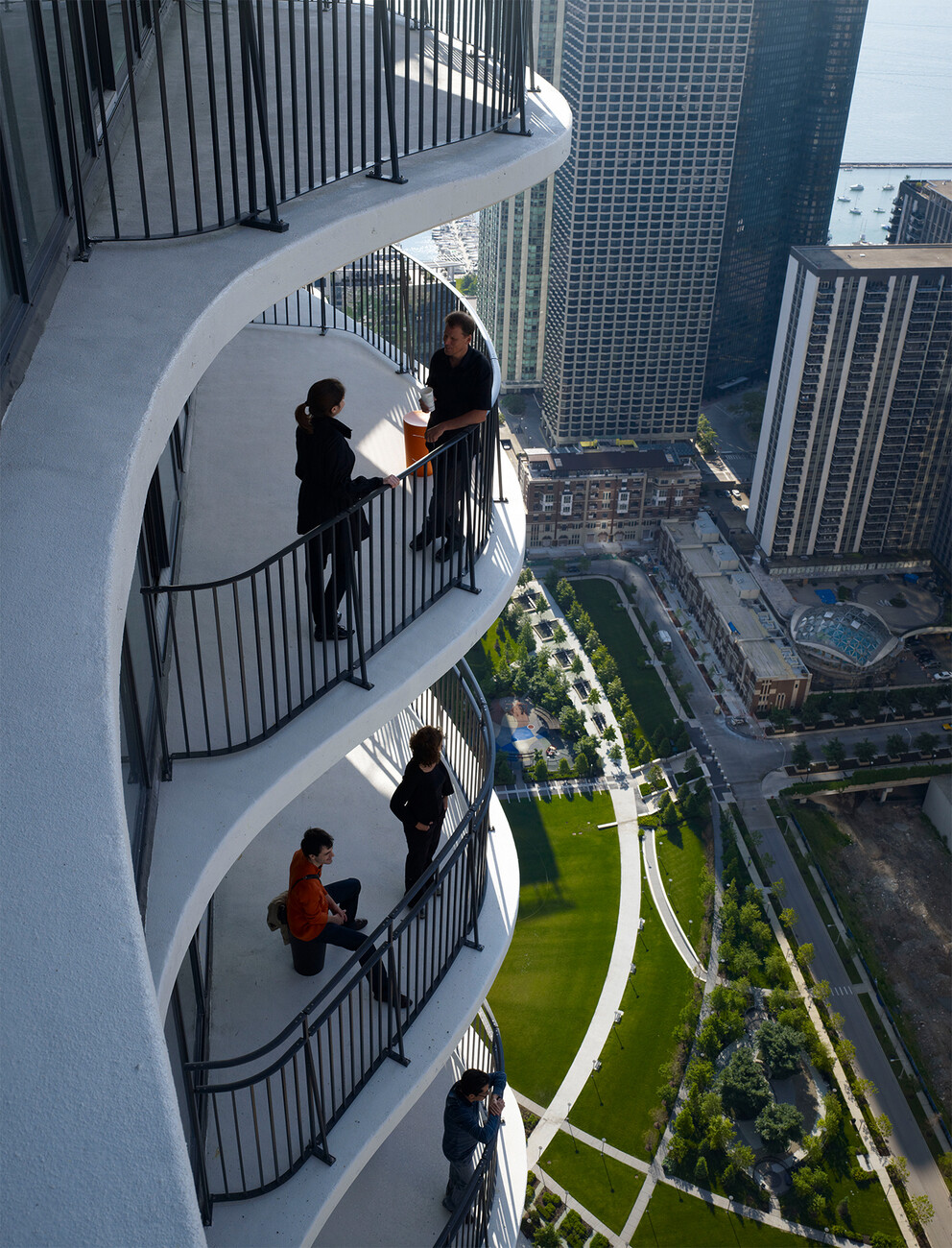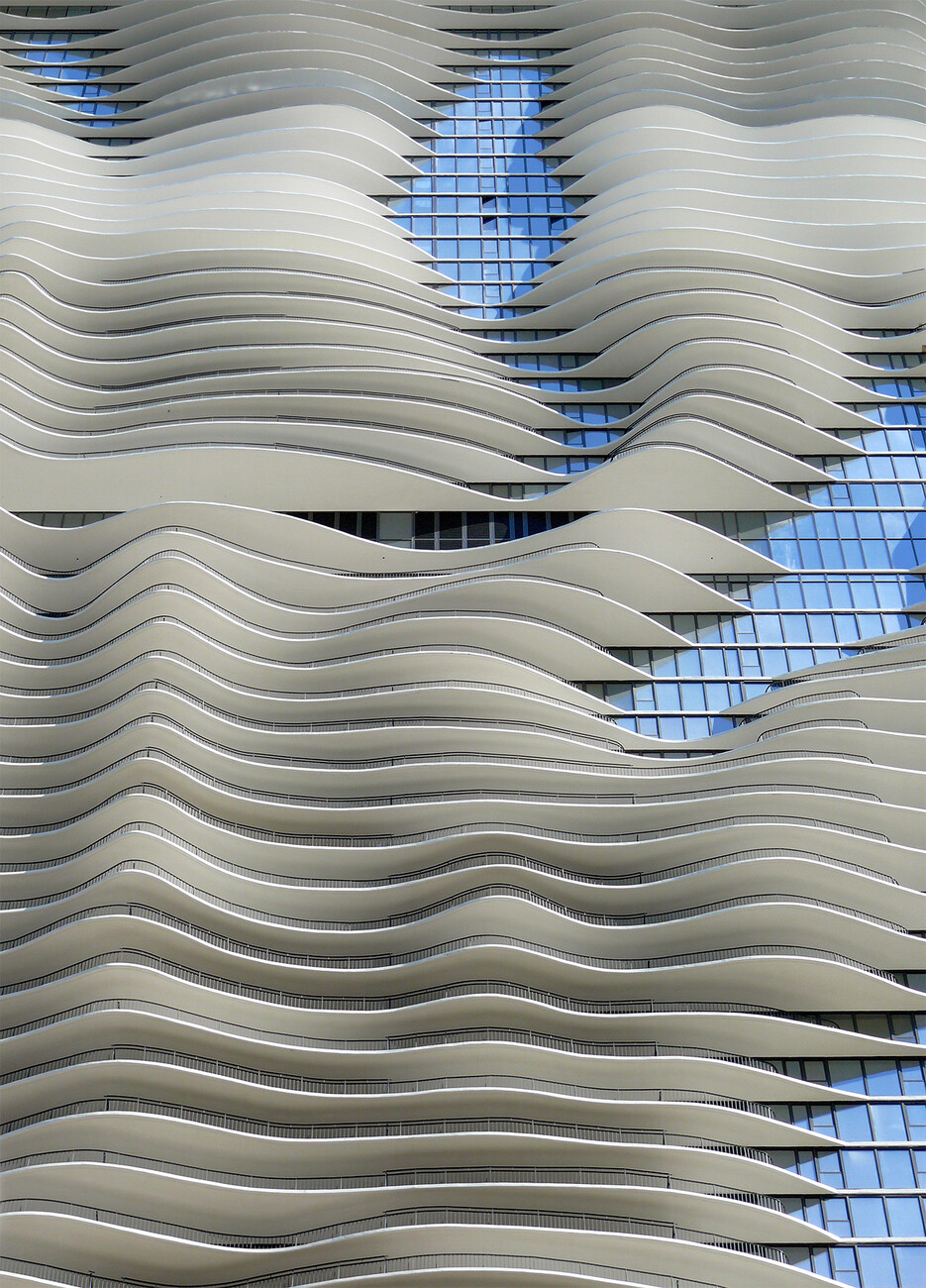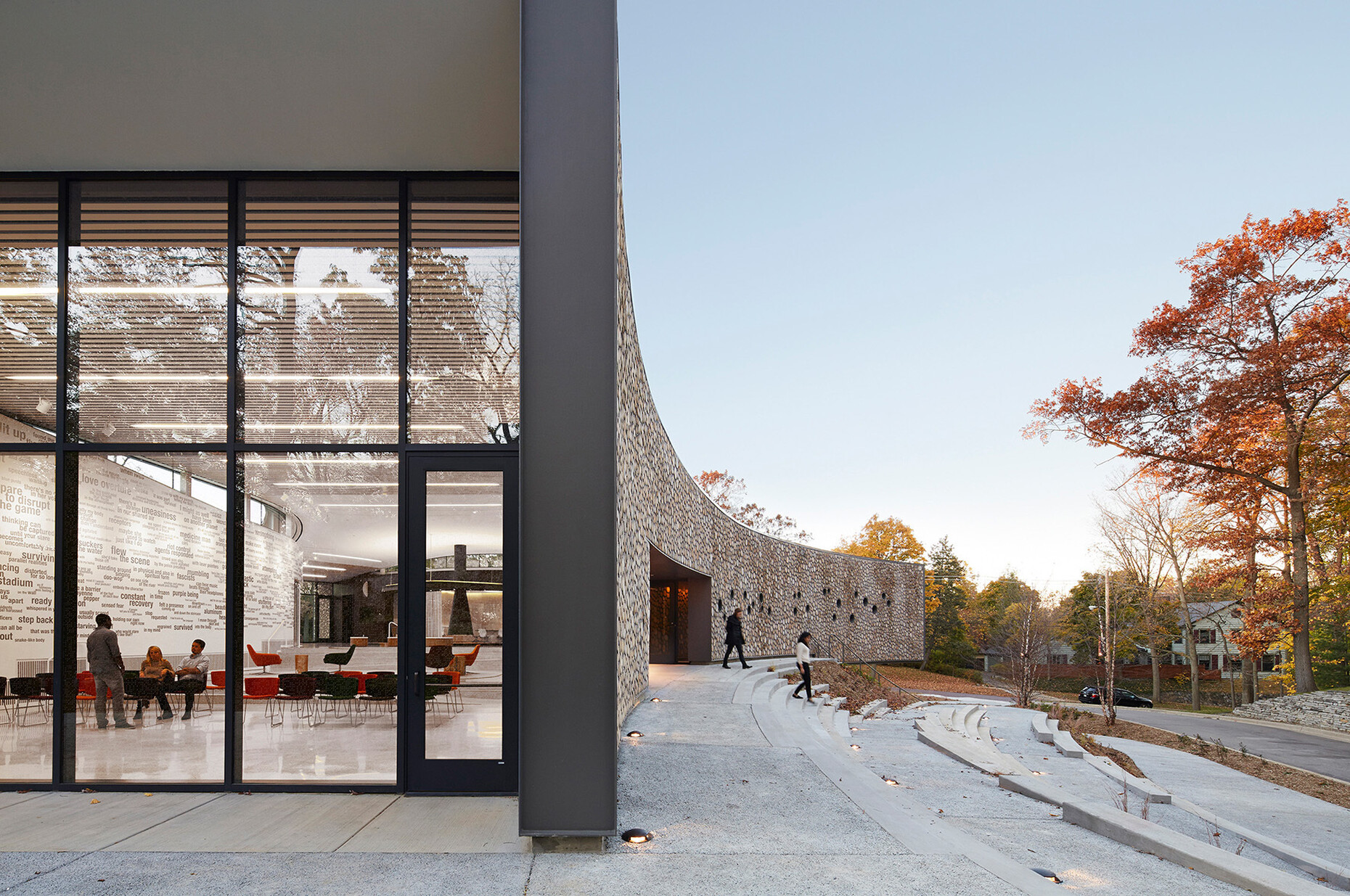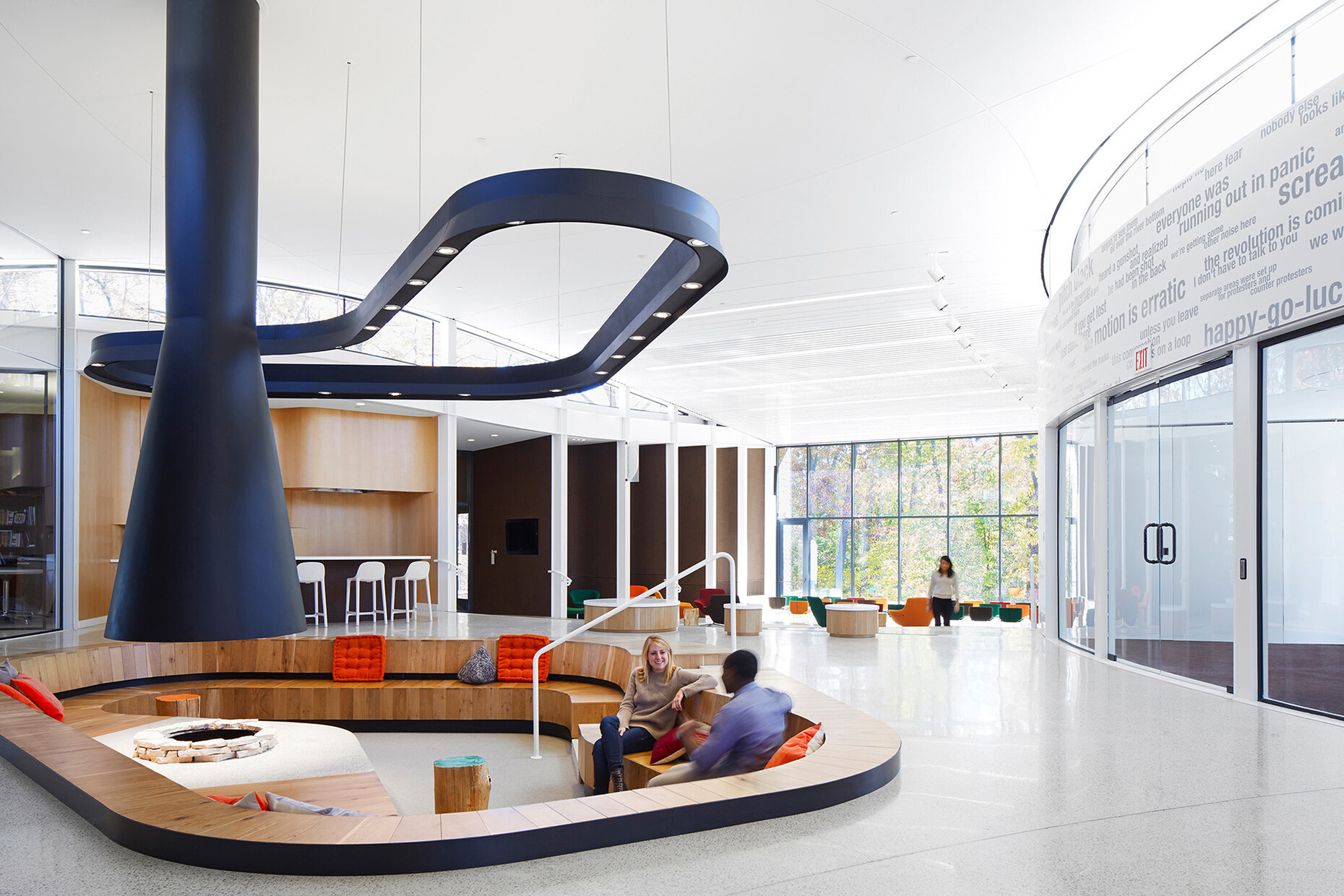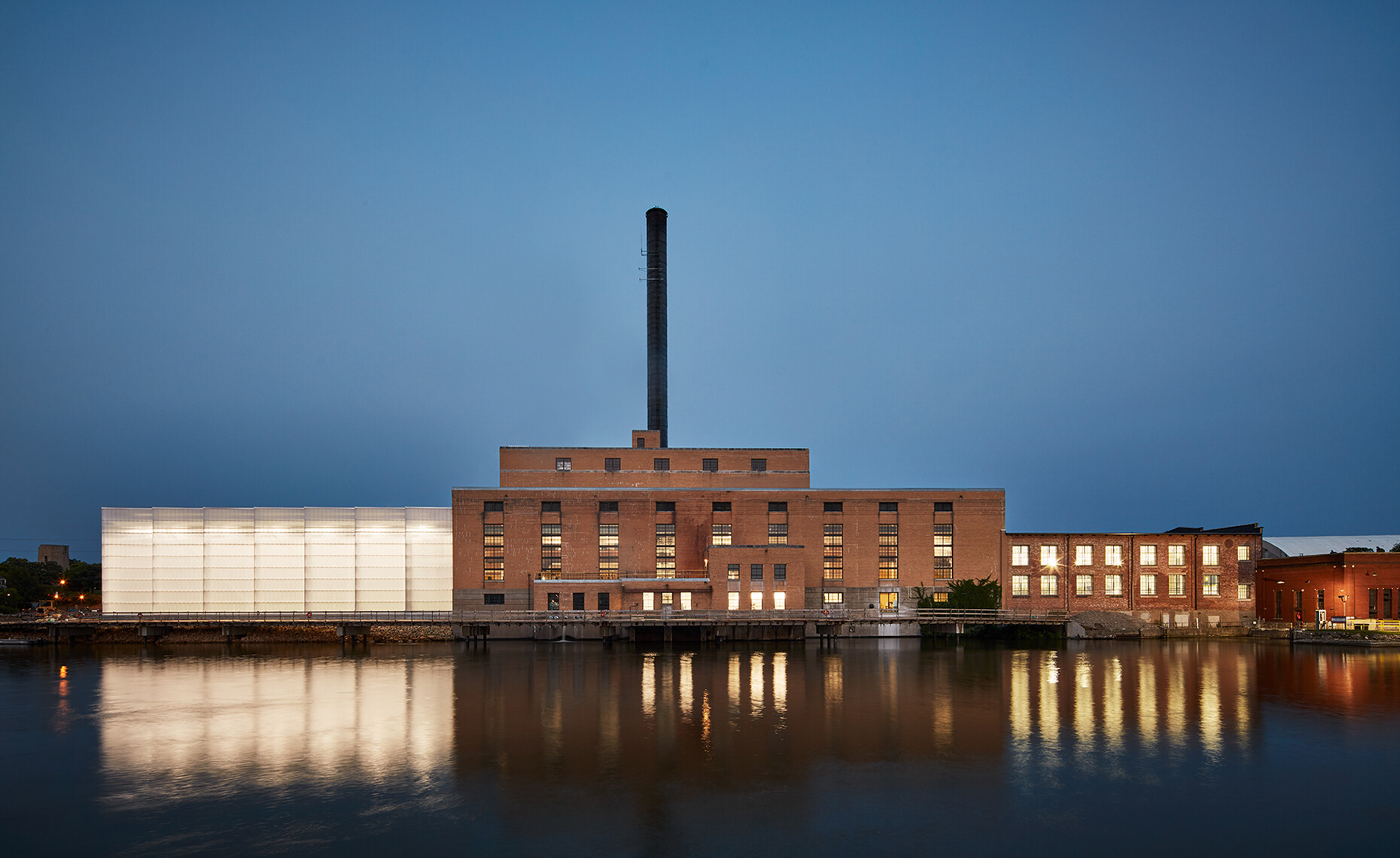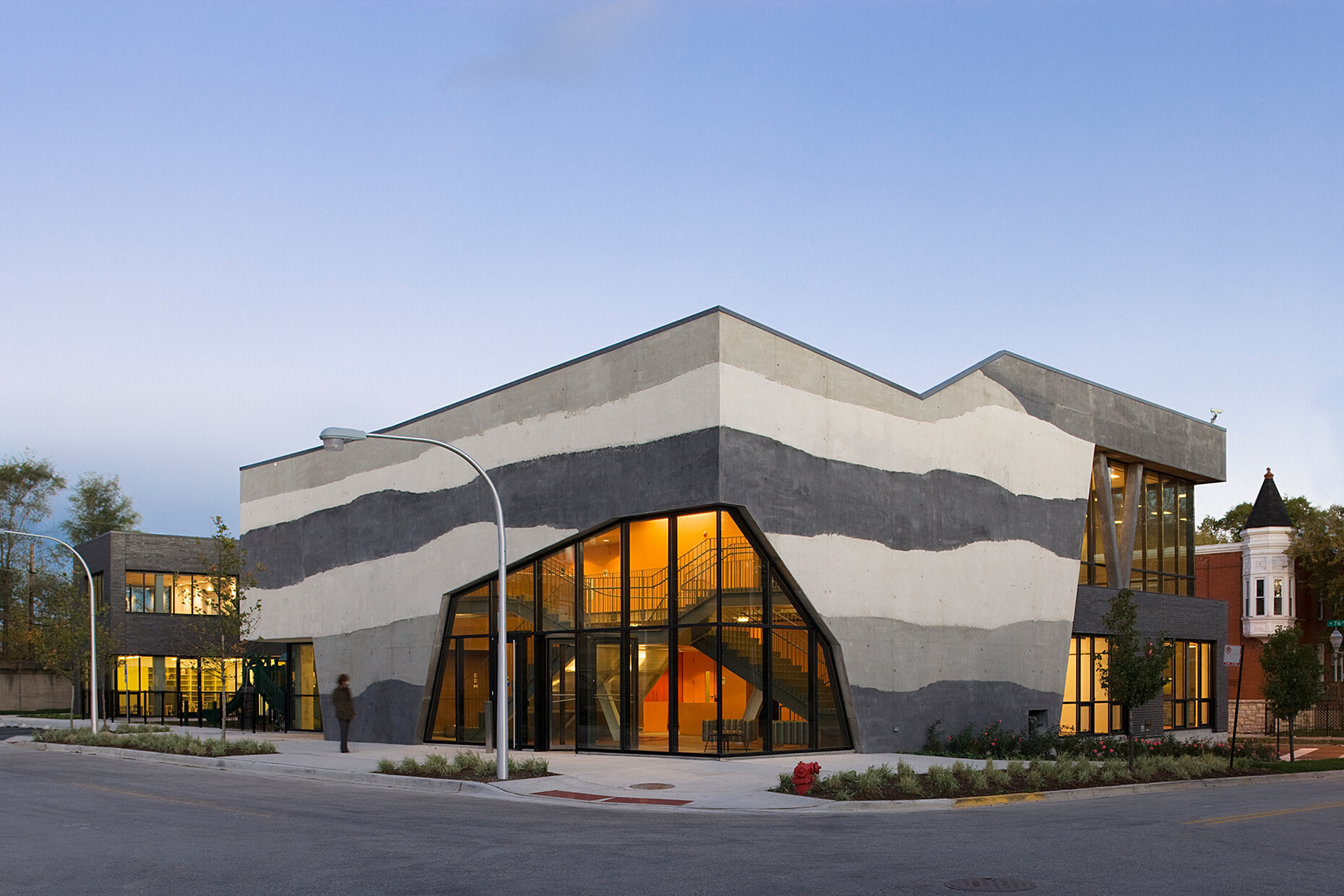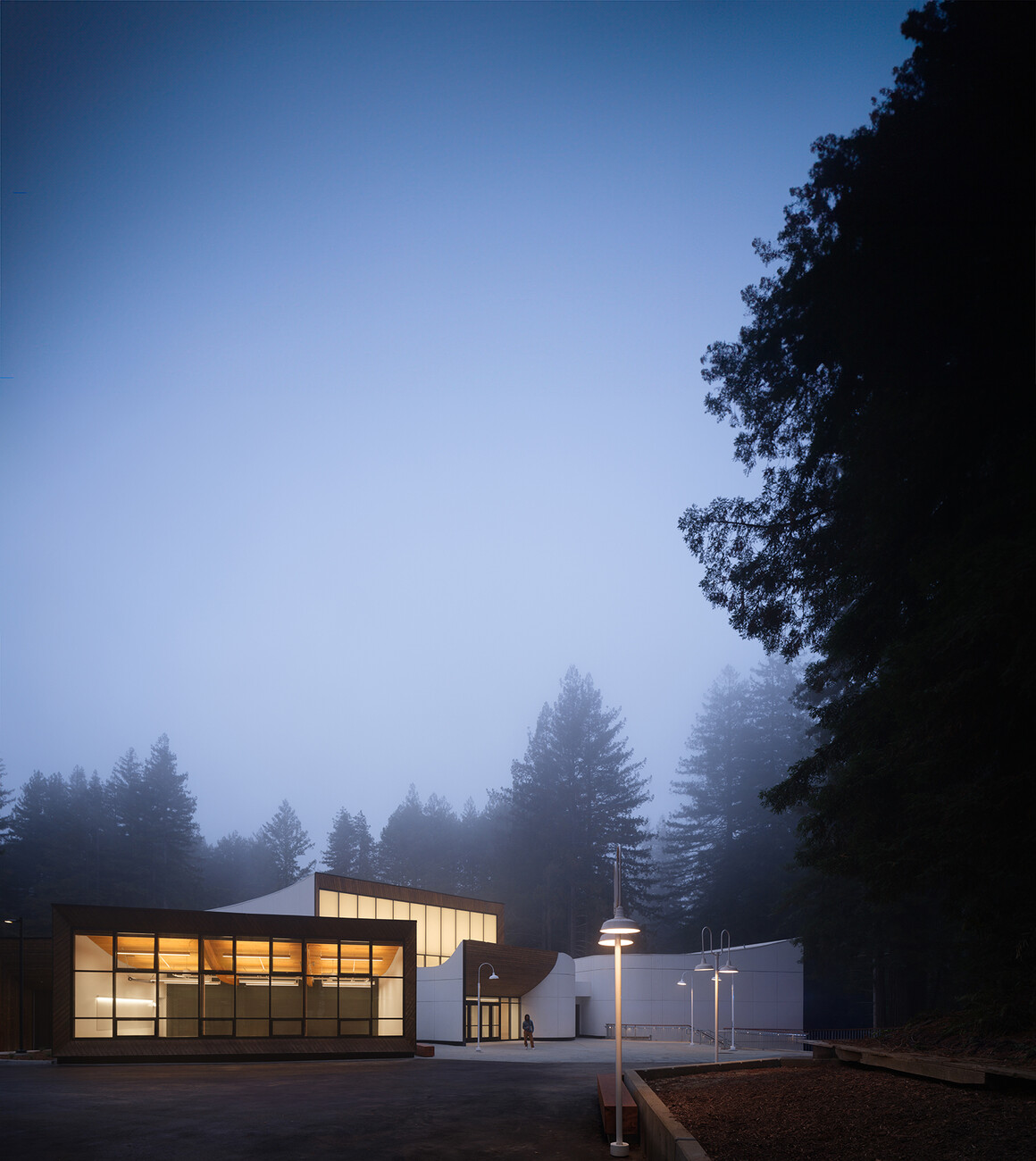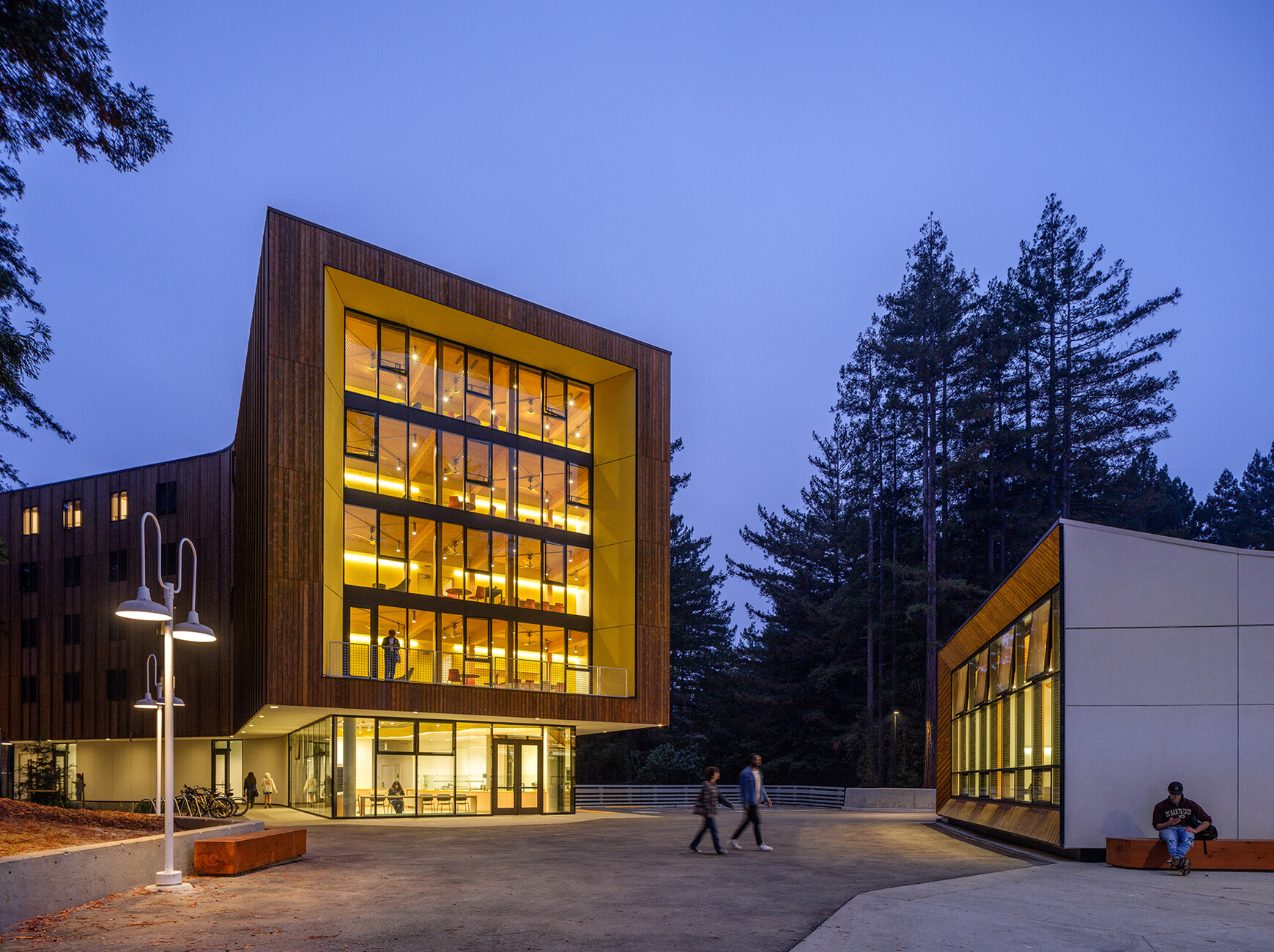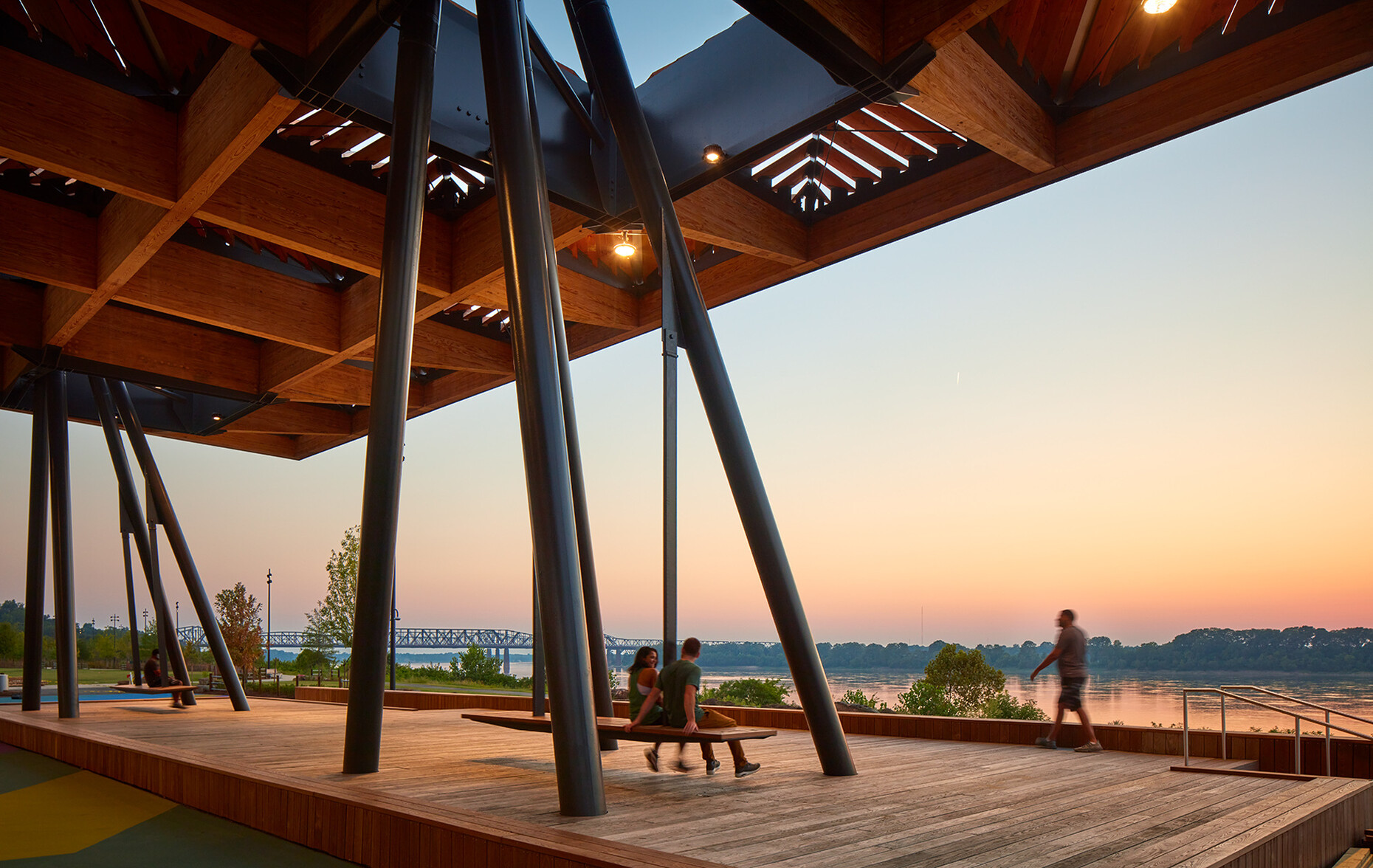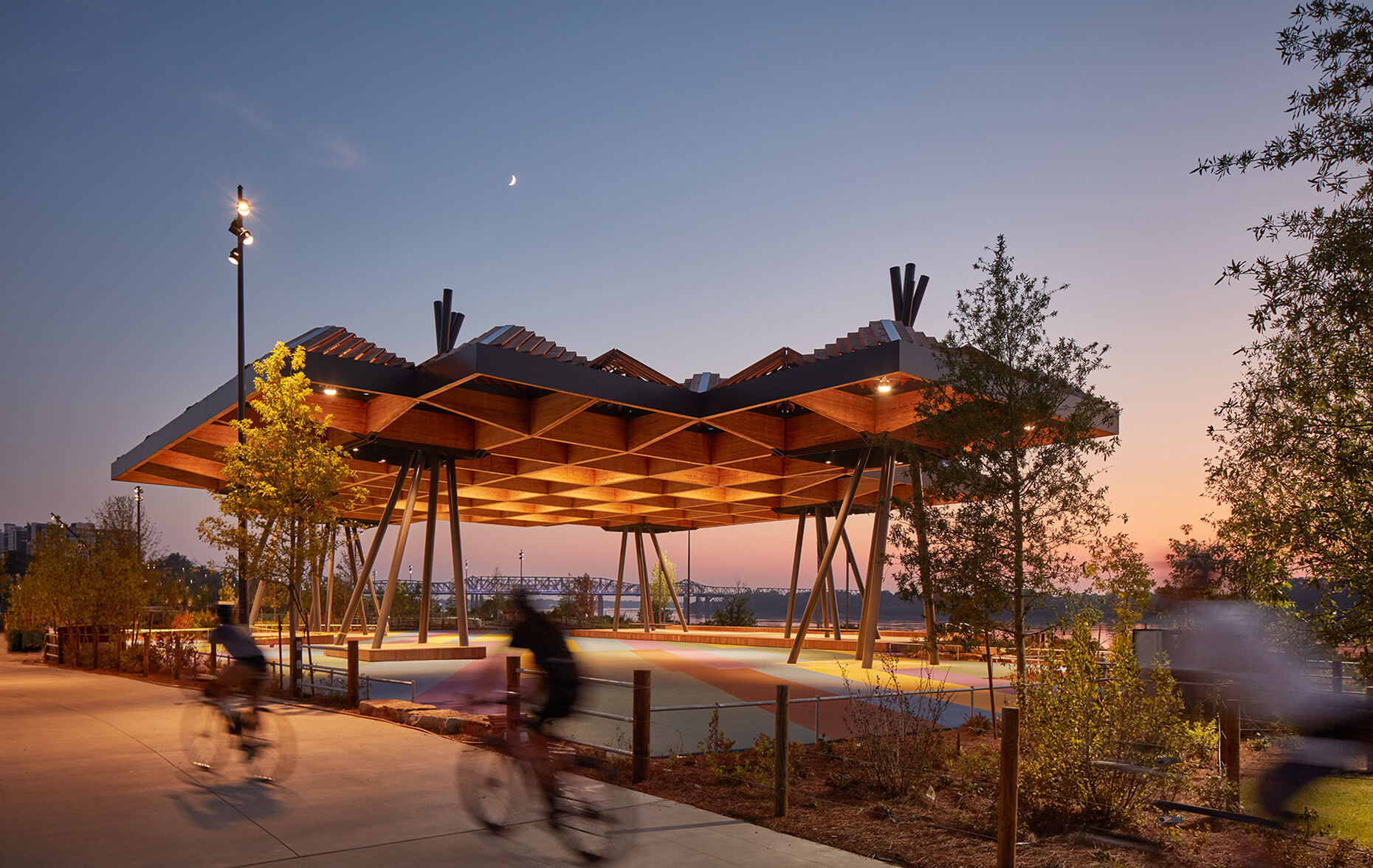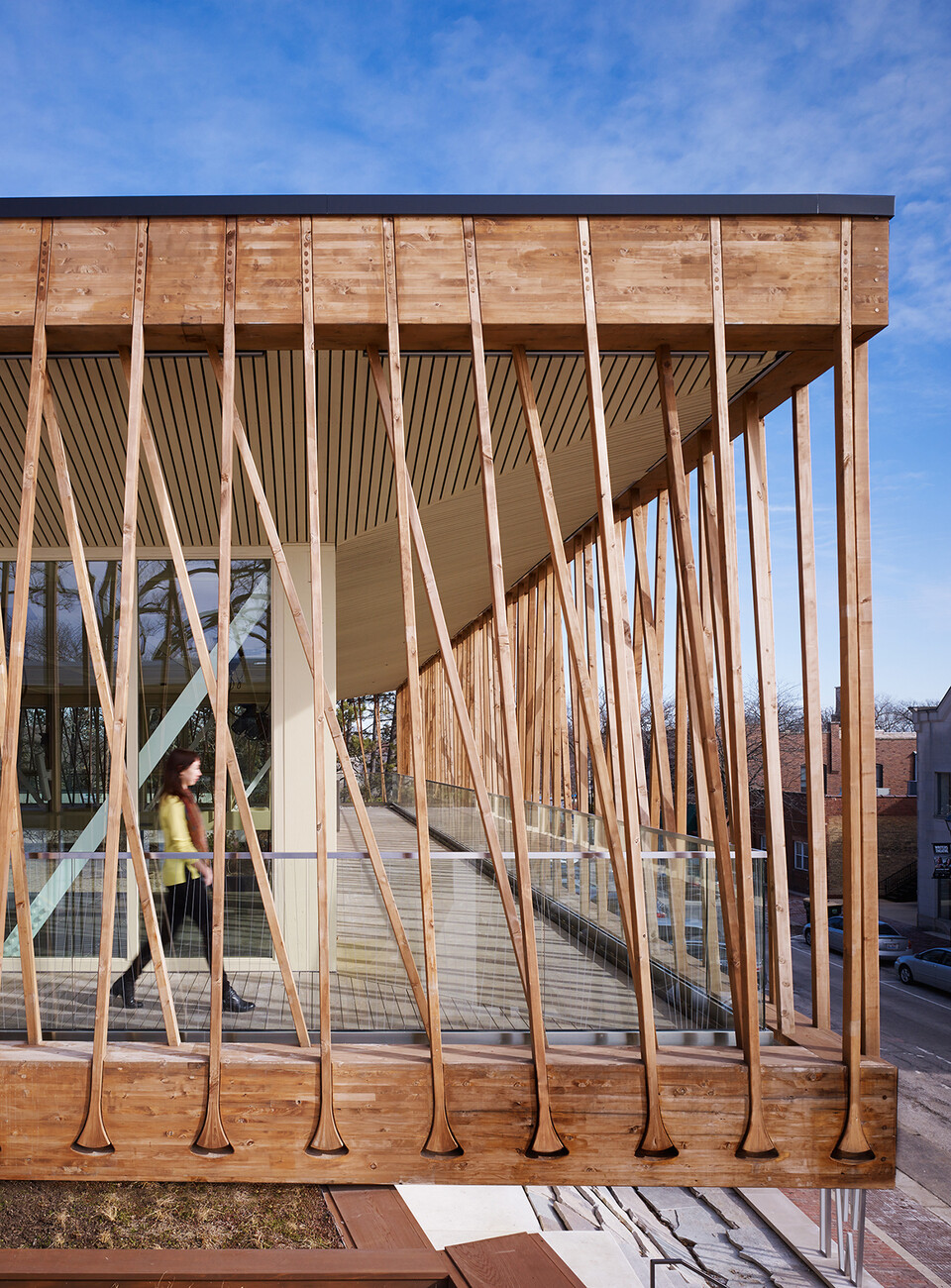Spotlight on Women Architects – Jeanne Gang
Before she became one of the most successful and best-known architects in the USA, Jean Gang actually wanted to be an artist. Preferably a painter. She had always enjoyed drawing. But somehow her father's interests got through to her. ‘We always travelled a lot,’ she said in an interview with PIN-UP Magazine, ’and Dad only ever wanted to look at big bridges.’ Her father is an engineer and is enthusiastic about the most daring bridge constructions. ‘He always had a penchant for superlatives: the deepest canyon, the highest mountain, the longest-span bridge. That's where we went.’ The daughter also achieved a record with one of her buildings. When the Aqua Tower in Chicago, designed by Jeanne Gang and her team, was completed, it was considered the ‘tallest building by a female architect’ at 82 storeys. When asked about it, she was always rather embarrassed by this description. ‘In the office, we are about half men and half women, so I didn't really realise that the tower could be given this label.’
Jeanne Gang was born in 1964 in the small town of Belvidere, a neat, mainly white suburb of Chicago. She inherited an admiration for both nature and man-made constructions from her father. At school, she is as good at science as she is at art, and ultimately decides against a career as an artist in favour of an architectural career. She studied at the University of Illinois until 1986, at Harvard until 1993 and then briefly on a scholarship at the ETH in Zurich and at the École nationale supérieure d'architecture de Versaille in France. Europe appeals to her, she moves to Rotterdam and works for OMA. In 1997, she returned home and founded her own office in Chicago: Studio Gang. From Europe, she says, she took with her the interest in extensive studies and analyses that are undertaken for every project before the actual design begins. And perhaps she also brought this optimistic self-confidence with her from Europe and from OMA, which she radiates. After all, it takes self-confidence to start a new office in Chicago – a city with no shortage of architects.
The start is not easy. She takes on every job and tries to make something special out of it. One of the very first commissions came from a friend who wanted to have a penthouse converted. Gang builds models and designs variations. She then cuts a hole in the roof, creating a patio in the flat instead of a terrace. For OMA, she accompanies their prominent project in Chicago, the central visitor centre on the campus of the Illinois Institute of Technology IIT, the legendary campus developed by Mies van der Rohe. Along with the Seagram Building in New York and the skyscrapers on Lakeshore Drive in Chicago, the IIT's Crown Hall is certainly one of the icons of modernism created by van der Rohe in the USA. With the visitor centre, Gang is working in the immediate vicinity of the master, and the building – even if she is ‘only’ working on it for OMA – is raising her profile and opening doors.
The investor Jim Lowenberg also knows her and invites her to take part in a small competition. He wants to build a skyscraper on a site on Lakeshore East Park that is visible from afar. Gang again has to deal with Mies van der Rohe, whose legendary high-rise apartment blocks on Lakeshore Drive are barely a mile away from the building site. Gang manages to convince the client with her first two sketches, even though she has never built a high-rise before. She and her team designed something that had never been done before: they pulled each floor slab outwards to form a second skin in front of the glass and steel façade, with small balconies and terraces on top. Each concrete slab is given its own gently curved shape. When viewed from below, the soft curves look like a dress or a swirling water surface: the Aqua Tower, the tallest building in the world designed by a woman. Many commentators see it as a lively ballerina, waves on the beach or a cliff face polished smooth by the sea. And almost everyone agrees that this is a very feminine skyscraper.
At this point, Gang is a little bored with the gender issue. She would rather talk about the difficulties of building such a formation, about all the tests in the wind tunnel it took to calculate the design, than about her gender. She would simply like the gender issue to have been clarified to such an extent that this difference is no longer an issue. However, she herself recognises that architecture and construction are still very much male-dominated worlds. Gang is still one of perhaps two dozen famous architecture firms in the world that are run solely by women. There is still a glaring difference in pay between men and women with roughly the same experience, the ‘gender pay gap’. At Studio Gang, men and women receive equal salaries, she emphasises, and calls on her mainly male colleagues to do the same. A similar commitment to the ‘2030 Challenge’, which calls on architecture firms to simply start developing only climate-neutral buildings themselves by 2030 instead of waiting for investors to do so.
Since its foundation, her office has grown continuously. Her husband, Mark Schendel, whom she met at OMA in Rotterdam, also works there as Managing Partner and is primarily responsible for office organisation. The Aqua Tower was followed by other skyscrapers, such as the gently curved Q Residences in Amsterdam, the twisted Mira in San Francisco and the 365 metre high Vista Tower in Chicago, with which Gang clearly beat her own record in 2011. Nevertheless, she manages to successfully avoid specialising in skyscrapers alone. The typological breadth of her portfolio is important to her. She has also been involved in community projects from the outset, such as the One Family Illinois Center in Chicago for poor families and their children in 2008, the simple conversion for the restoration workshops of the Conservation Center in Chicago in 2012 or the training centre for the fire brigade in Brooklyn, New York, in 2019. She and her team now also design entire urban districts, such as the transformation of an industrial site in San Francisco or the Enterprise Research Campus for her former university Harvard in Boston.
The scale of the office's work over the last few incredibly productive years is impressive. Conversion of a power plant into an educational centre in Wisconsin. Redesigning the riverfront in Memphis as Tom Lee Park. The generous expansion of the California College of the Arts in San Francisco. The Arkansas Museum of Fine Arts in Little Rock with its spectacular folded wooden roof. Or the large timber building that she built as an educational centre for the University of Chicago in Paris with a steel structure from bridge construction – her dad sends his regards – over a railway line. Architecturally, she is now self-confident enough with all the different tasks to dispense with a recognisable signature. Moving, dynamic and curved forms are repeated again and again, but not obsessively. The intensive research that the team undertakes for each new task can just as easily lead to the conclusion that here and there a simple box is the best solution. In this respect, Gang has achieved what she wanted: for people to talk about the innovative capacity of the constructions and architectures developed by her and her team, rather than about gender stereotypes. Her name has long been on the extended list of candidates for the next Pritzker Prize. She certainly deserves it.
